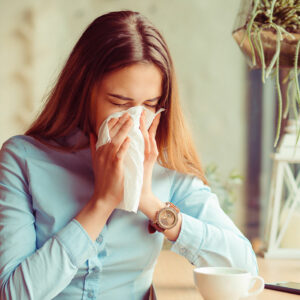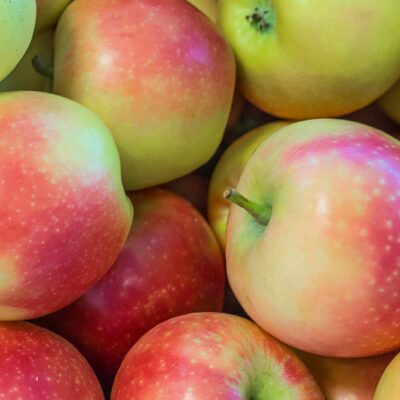Avoid these 6 trademark registration mistakes

Registering a trademark is an essential step that helps protect one’s brand and business identity. This asset distinguishes one’s products or services from others in the market. However, the process can be intricate, and many entrepreneurs and businesses make common mistakes when securing their trademarks. While some mistakes are fixable, some may require redoing the entire application. Here are some common errors one should be aware of to avoid wasting money or time.
1. Not knowing whether it’s individual or company ownership
When a sole owner is mistakenly listed for a trademark that belongs to a partnership or company, it risks rejection during the application process. It can result in legal ownership and taxation complications. This is also a non-fixable mistake and may require redoing the application form.
2. Using common phrases or slogans for trademark
The United States Patent and Trademark Office (USPTO) typically refuses registration for trademarks or slogans that are considered generic or descriptive. This may include everyday phrases that have widespread use. For example, “Think Green” or “Drive Safely.” If one’s slogan, commonly used in the market, is registered, another entity can file a letter of protest against it.
3. Not paying attention to details
Technical and administrative errors can easily occur during the application process, including omitting critical information, failing to submit necessary documents, or improperly filling out application forms. Such oversights can lead to delays, even rejection of the trademark application, or financial losses.
4. Not choosing the right trademark class
Trademarks are registered for specific classes of goods and services, and misclassifying one’s trademark can lead to rejection or even potential infringement issues. For example, those who register trademarks for collared shirts may find no trademark protection for shirts without collars, even when both fall under the clothing category. So, one should consider the future expansion of the product line before applying for a trademark.
5. Submitting an incomplete or inaccurate application
An incomplete or inaccurate application is a surefire way to get rejected. One must ensure that one’s application is filled out correctly with all required information. Errors or omissions can result in delays or even the denial of one’s trademark registration.
6. Ignoring the post-registration process
After successfully registering a trademark, staying updated with renewal and maintenance requirements is essential. Failing to file the necessary documents and fees for trademark renewals can lead to losing one’s protected status.










